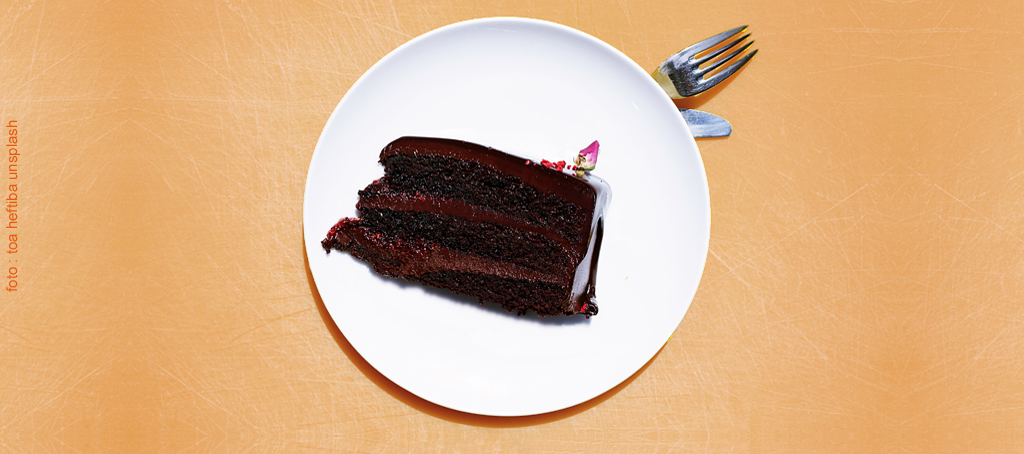There is y there are son dos patrones básicos en inglés. Son muy fáciles de aprender y muy útiles a la vez.
Estas dos frases significan: Hay o Existe/existen personas o cosas. Por ejemplo:
- There is milk.
Hay leche. - There are cookies.
Hay galletas.

Foto: Brian Suman, Unsplash
El patrón THERE IS/ARE se compone de la palabra THERE y una forma del verbo BE. Si aún no sabes, BE tiene varias conjugaciones: is, are, was, were, will be, have/had/would have been y being. En esta lección solo usaremos las más comunes IS, ARE, WAS Y WERE.
LA DIFERENCIA ENTRE THERE ARE y THERE IS
La diferencia principal entre there are y there is es en la cantidad de cosas que existen.
- Si hay o existe una cosa o persona, usa THERE IS
- Si hay o existen muchas cosas o personas, usa THERE ARE
Ojo aquí porque existen muchos sustantivos irregulares que son plurales aunque no parezcan como children y people - Una acotación: Si hay o existe un sustantivo no contable (como leche o viente) usa THERE IS
Ejemplos:
- There is a strange person at the door.
Hay una persona extraña/desconocido en la puerta. - There is a blanket in the closet.
Hay una frazada en el closet. - There is love everywhere.
El amor está todo alrededor. (o existe amor por todos lados) - There is a problem.
Existe un problema. - There are two donuts left. Do you want one?
Quedan 2 donuts. Quieres uno? - There are 20 minutes left.
Quedan 20 minutos. - There are many products on sale.
Hay muchos products en oferta.
THERE WAS, THERE WERE – EL PASADO
Si cambias is y are por was y were en el patrón básico, puedes decir que algo existió en el pasado.
| Existe en el presente | Existió en el pasado | |
| There is | → | There was |
| There are | → | There were |
La diferencia entre there was y there were es igual que con el patrón básico: cantidad
- Si hay o existe una cosa o persona, usa THERE WAS
- Si hay o existen muchas cosas o personas, usa THERE WERE
- Una acotación: Si hay o existe un sustantivo no contable (como leche o viente) usa THERE WAS
Ejemplos:
- There was a dog in the front yard.
Había un perro en el jardín de entrada. - There were 3 people waiting for me.
Habían tres personas esperándome. (O Me estaban esperando 3 personas) - There was a cake in the fridge. Where did it go?
Había una torta en el refrigerador. ¿Qué pasó con ella?

Foto: Toa Heftiba, Unsplash
NEGAR THERE IS/ARE y THERE WAS/WERE
Usando los 4 patrones anteriores puedes decir que algo NO hay algo o que NO hubo algo. Basta con usar NOT ANY o NO después de cada frase:
- There is not any milk. / There is no milk.
No hay leche. - There are not any cookies. / There are no cookies.
No hay galletas - There was not a bucket for Sam. / There was no bucket for Sam.
No había un balde para Sam. - There were not any people at the rally. / There were no people at the rally.
No había persona alguna en la manifestación (o No hubo personas en la manifestación).
Aprende más sobre la diferencia entre NO y NOT aquí
PREGUNTAS CON THERE IS/ARE y THERE WAS/WERE
Para hacer una pregunta con there is, there are, there was y there were, necesitamos cambiar el orden de there y el verbo BE:
- Is there a way to contact him?
¿Existe manera de contactarlo? - Are there any apples left?
¿Quedan manzanas? - Was there a problem?
¿Hubo algún problema? - Were there people here?
¿Habían personas aquí?
CONTRAER THERE IS/ARE y THERE WAS/WERE
Las contracciones son muy comunes en inglés y aquí no está la excepción. THERE se suele contraer con is, are, was y were de las siguientes maneras:
| there is | there’s |
| there are | there’s (algunos prefieren there’re aunque no sea muy común) |
| there is not | there’s not, there isn’t (tu preferencia) |
| there are not | there’s not, there aren’t (tu preferencia) |
| there was not | there wasn’t |
| there were not | there weren’t |
MÁS PATRONES Y FRASES ÚTILES
Aquí te dejamos un link a un par de lecciones más con más patrones útiles:







